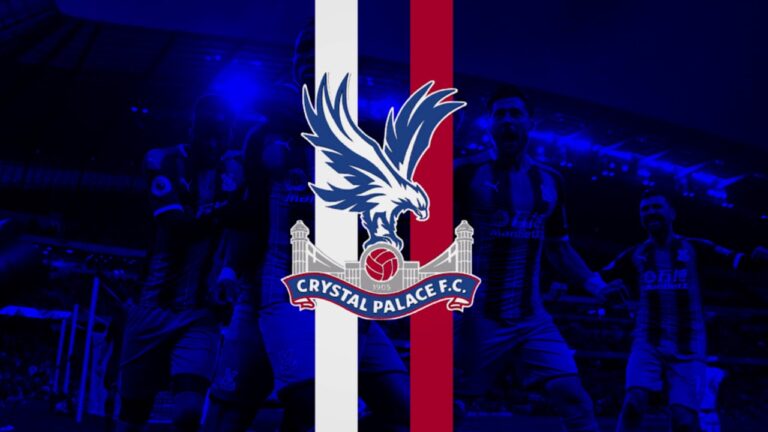
FC Fulham: A Historic Journey Through The Club's Legacy
FC Fulham, a name synonymous with passion and dedication in the world of football, has carved out an impressive legacy since its inception. This article delves into the rich history of FC Fulham, exploring its key players, achievements, rivalries, and what makes the club a beloved entity among fans bongdaplush.com.
FC Fulham: A Brief History
The story of FC Fulham begins in 1879, making it the oldest professional football club in London. From modest beginnings as Fulham St. Andrew’s Church Sunday School team, it quickly transitioned into a football club that would see many ups and downs throughout its long history.
Early Beginnings and Foundation
Fulham’s journey to becoming a professional football club started when, after several years of local play, it officially adopted the name Fulham Football Club in 1888. Initially competing in local leagues, it joined the Southern League, showcasing local talent and drawing crowds from the surrounding community.
With a reputation for developing young talent, FC Fulham caught the attention of larger organizations. In 1907, they gained Football League status, which marked a significant step forward in establishing their identity within English football. Their first season in the league ended favorably, reinforcing their ability to compete at higher levels.
The Interwar Years
The interwar period saw FC Fulham fluctuating between different divisions. While they spent time battling relegation, they also enjoyed moments of success, including reaching the FA Cup semi-finals in 1926. This era set the foundation for the club’s future ambitions and demonstrated resilience during challenging times.
In 1935, under the management of Jack Peart, Fulham achieved its highest-ever finish in the top tier of English football, placing third in the First Division. This achievement brought newfound hope and excitement to both the club and its supporters bóng đá plus.
Post-war Development
The aftermath of World War II introduced new challenges, but FC Fulham adapted quickly. With the introduction of famous players like Johnny Haynes—who later became the club’s first £100-per-week player—Fulham began building a reputation for playing attractive football. The late 1950s and early 1960s saw them enjoy considerable success, including a memorable run in the FA Cup and participation in European competitions.
However, the following decades were marked by struggles and relegations, leading to a long tenure in lower divisions. Nevertheless, the spirit and loyalty of Fulham’s fans remained unwavering, keeping the club’s legacy alive.
Key Players in FC Fulham’s Legacy
Throughout its history, FC Fulham has been home to numerous legendary players who have left a lasting mark on the club. Their contributions have shaped the club’s ethos and forged unforgettable memories for fans.
Johnny Haynes: The Legend
Johnny Haynes is perhaps the most iconic figure in Fulham’s history. Known as “The Maestro,” he was not only a talented midfielder but also served as captain for many years. His style of play and leadership qualities made him a pivotal figure during his era, contributing to the club’s success in the 1950s and 60s.
Haynes finished his career having played over 600 games for Fulham, scoring 158 goals. His dedication to the club earned him a statue outside Craven Cottage, reflecting the deep admiration from supporters. His legacy endures, inspiring generations of aspiring footballers.
Paul Parker: A Defensive Rock
Paul Parker, an integral part of Fulham’s defense during the 1980s, exemplified the hardworking nature of English football. His formidable presence on the field helped steady a defense that often faced challenges in a competitive league environment.
Parker’s tenacity and skill garnered recognition, leading to a move to Manchester United, where he continued to thrive. His time at FC Fulham remains cherished by fans, demonstrating how players can inspire and uplift a club even during tough periods.
Bobby Zamora: The Goal-Scorer
Bobby Zamora’s tenure at FC Fulham is celebrated for his goal-scoring prowess and clutch performances. Arriving in 2008, he made an immediate impact, helping the club achieve remarkable feats, including a run to the Europa League final in 2010.
Zamora’s knack for finding the back of the net earned him a place in the hearts of fans, culminating in a memorable winning goal against Newcastle United that secured Fulham’s crucial survival in the Premier League.
FC Fulham’s Home Ground: Craven Cottage
Craven Cottage, the proud home of FC Fulham, stands as a historic stadium that has witnessed countless memorable moments. Its picturesque location along the River Thames adds to the charm, creating a unique atmosphere for matchdays.
Architectural Heritage
The origins of Craven Cottage date back to the late 19th century, and its design reflects the evolution of football stadiums in England. The infamous “Cottage” itself serves as a reminder of the club’s humble beginnings and adds a touch of nostalgia for long-time supporters.
Over the years, Craven Cottage has undergone numerous renovations and expansions while maintaining its distinct character. The latest developments focus on enhancing fan experience while preserving the historic elements that make it special.
The Atmosphere on Match Day
There’s something magical about the atmosphere at Craven Cottage on match days. Fans clad in white and black come together to support their team, creating an electrifying ambiance that resonates throughout the stadium.
The combination of loyal supporters chanting and the stunning backdrop of the Thames creates a unique experience that extends beyond the game. It’s a testament to the bond between FC Fulham and its fans, ensuring that every match is an event worth attending.
Challenges and Future Prospects
As is the case with many historical venues, Craven Cottage faces modern challenges. The need for improved facilities and infrastructure is essential to maintain competitiveness in the Premier League. Future plans aim to strike a balance between modernization and preserving the rich history tied to the stadium.
Ultimately, Craven Cottage will remain a cherished landmark for FC Fulham and its supporters, serving as a reflection of the club’s storied past while paving the way for a promising future.


